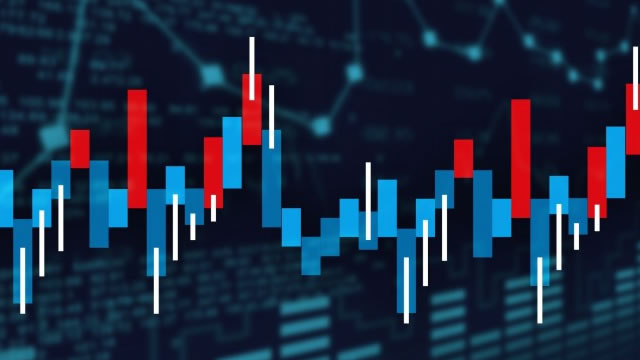Price Channel in Trading: How to Draw and Use
Understanding Price Channels
Price channels are a popular tool used in trading to identify trends and potential trading opportunities. A price channel is created by drawing two parallel lines on a price chart, with one line representing the upper bound of price movement and the other line representing the lower bound. Traders can use price channels to gauge the overall direction of the market and look for potential entry and exit points.
Finding Price Channels on a Chart
Price channels can be found on a chart by connecting swing highs and swing lows. A swing high is a peak in price movement, while a swing low is a trough. By connecting these points with a trendline, traders can create a price channel that shows the range of price movement within a given period of time.
Opening and Closing Positions
Traders can open positions in a price channel by buying at the lower bound of the channel and selling at the upper bound, or vice versa. When price breaks out of the channel, traders may look for confirmation signals to enter new positions or close existing ones. Stop-loss orders can also be placed outside of the channel to manage risk.
Examples of Trading in Price Channels
Let’s say a trader identifies a price channel on a chart and notices that price consistently bounces between the upper and lower bounds. The trader may decide to buy at the lower bound and sell at the upper bound, taking advantage of the range-bound movement. Alternatively, if price breaks out of the channel, the trader may look for a breakout strategy to capitalize on the momentum.
How Price Channels Can Impact You
Understanding how to draw and use price channels in trading can help you identify trends, potential entry and exit points, and manage risk more effectively. By incorporating price channels into your trading strategy, you can make more informed decisions and potentially improve your overall trading performance.
How Price Channels Can Impact the World
Price channels are used by traders around the world to analyze financial markets and make trading decisions. The use of price channels can impact market volatility, liquidity, and price movements, as traders react to price channel signals and trends. By understanding how price channels work, traders can contribute to more efficient and stable financial markets globally.
Conclusion
In conclusion, price channels are a valuable tool for traders to identify trends, gauge market direction, and make informed trading decisions. By learning how to draw and use price channels effectively, you can enhance your trading skills and potentially achieve better results in the financial markets.





